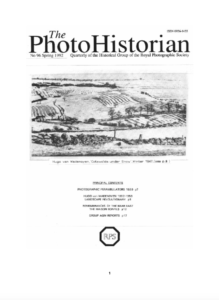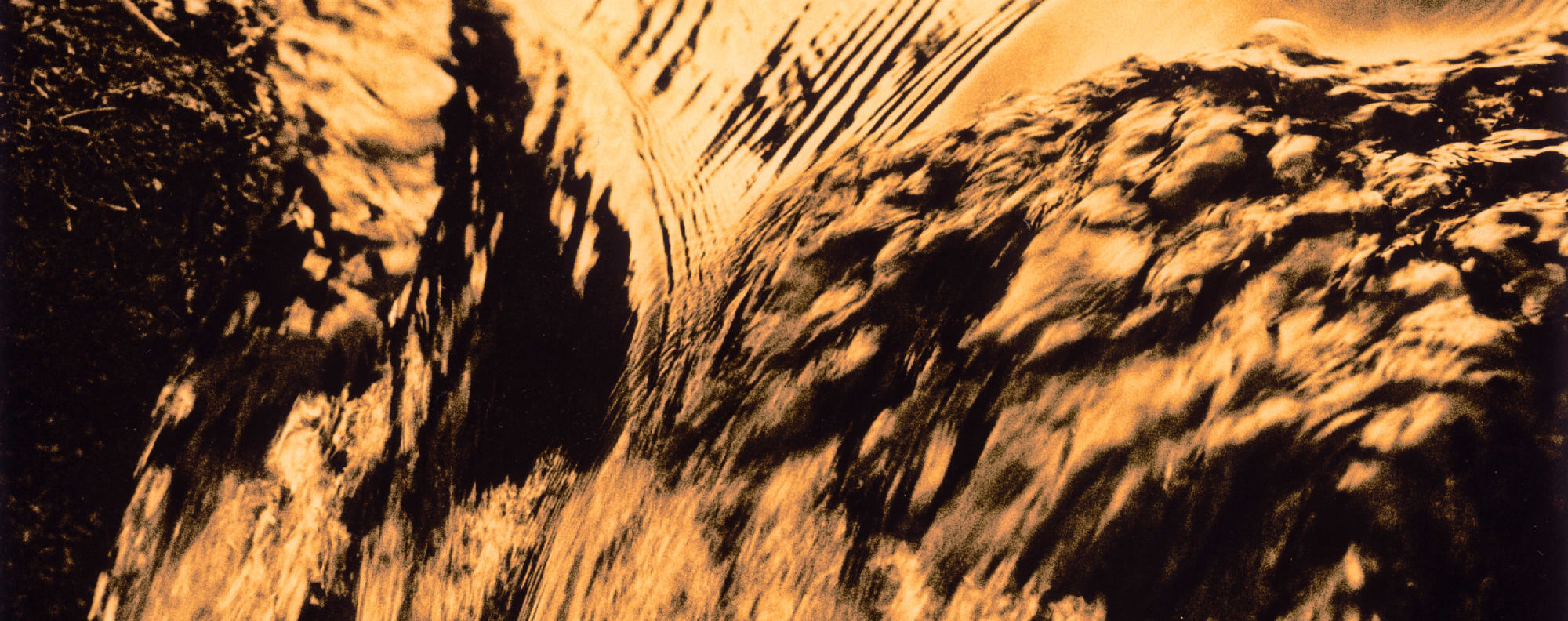
The following article, kindly provided by the Royal Photographic Society Historical Group, featured in The PhotoHistorian journal No. 96, Spring 1992.
Written by Colin Osman, it gives a full and detailed account of all that Osman had discovered about Hugo van Wadenoyen and provides the most information I have discovered about him to date.
The quality of the included image was very poor, but I have added it here for reference.
Hugo van Wadenoyen: Landscape Revolutionary.
The title of my talk (given to the Historical Group 16th October 1991) “Wither or Whither Pictorialism” comes from Hugo van Wadenoyen himself and the double sense of the word comes probably from him as well. It reflects some of his pugnaciousness and some of his acidity. However perhaps the alternative title Landscape Revolutionary is a more realistic one. First of all I want to talk about Hugo’s father, Hugo Nicolas. Much of the information I have about him comes from yet another Hugo, Hugo Corneliis, our Hugo’s nephew, the son of his brother Jakob or Jack. Sadly most of the documentary evidence about the senior Hugo comes from his tragic death. In 1932 he committed suicide in his Cardiff studio by drinking cyanic acid. In a letter he left to his sons, business worries were mentioned but the family tradition is that he feared the reported stomach trouble was cancer. He died at the age of 69 so would have been born in Holland in 1863. Hugo (our one) always said that he was born in Holland by a matter of days or even hours. This was 1892 and as Hugo also said that he came to Britain when he was eight years old presumably his mother arrived back in Holland shortly before he was born. Liverpool has been mentioned but Historical Group members in that area could find no trace. The certainty is that Vlaadingen in Holland near Rotterdam was the centre of his life after he was born.
There are a number of photographs with Hugo Nicolas’s rubber stamp on the back and many more with similar red lined mounts. One is of young Hugo and his brother Jacob in Vlaadingen with a girl who looks like his sister, Minnie. Of course there has to be a windmill but there are a number of photographs of a farmyard and it is tempting to think of this as the family summer home. Perhaps it was the home of his parents. We will probably never know. Apart from that the family tradition is that Hugo Nicolas fought in the Boer War and certainly there is a photograph of him in army uniform taken in Amsterdam. As he seems to have arrived with the family in Cardiff about 1900, perhaps he came to escape the Boer War. The family first lived in Barry a few miles from Cardiff. Hugo Nicolas followed his trade as an engineer and his hobby of photography. The two boys Hugo (8) and Jakob (10) went eventually to Barry Grammar school. Their mother, Zwaan (it means swan) was with the family but was to leave them and return to Holland. I can’t find out why. She was born Zwaan Jonkers in Groningen, then the principal town for Friesland, the Dutch region that had its own language and customs and was closely linked with Germany and the Frieslanders or Frisians who lived there. Dim memories of her are of a stern Germanic woman so perhaps she left England because she preferred Holland to South Wales. Our only news of her abroad is a postcard sent from Utrecht in 1907. She paid occasional visits after the war and even stayed with Hugo for a couple of weeks in the 30’s but ironically is said to have died in the German bombing raid on Rotterdam in the Second World War. The family split is said to have been over her extravagance although the family does not seem to have been rich enough to permit extravagance. On the other hand Hugo Nicolas would hardly talk about having a pro-German wife, when aliens first had to register in 1914.
After Grammar School the paths of the two brothers began to separate. Jakob took an engineering apprenticeship with C.R. Redrup the noted designer of the innovative Barry rotary cylinder motor-cycle. Hugo went on to study at some art college. At that time he was considering architecture as a career but he himself described his tuition as at a not very progressive art school. Others have suggested it was the Slade, an idea not mutually exclusive, but whatever after some years of study he decided to join his father in the photographic business.
